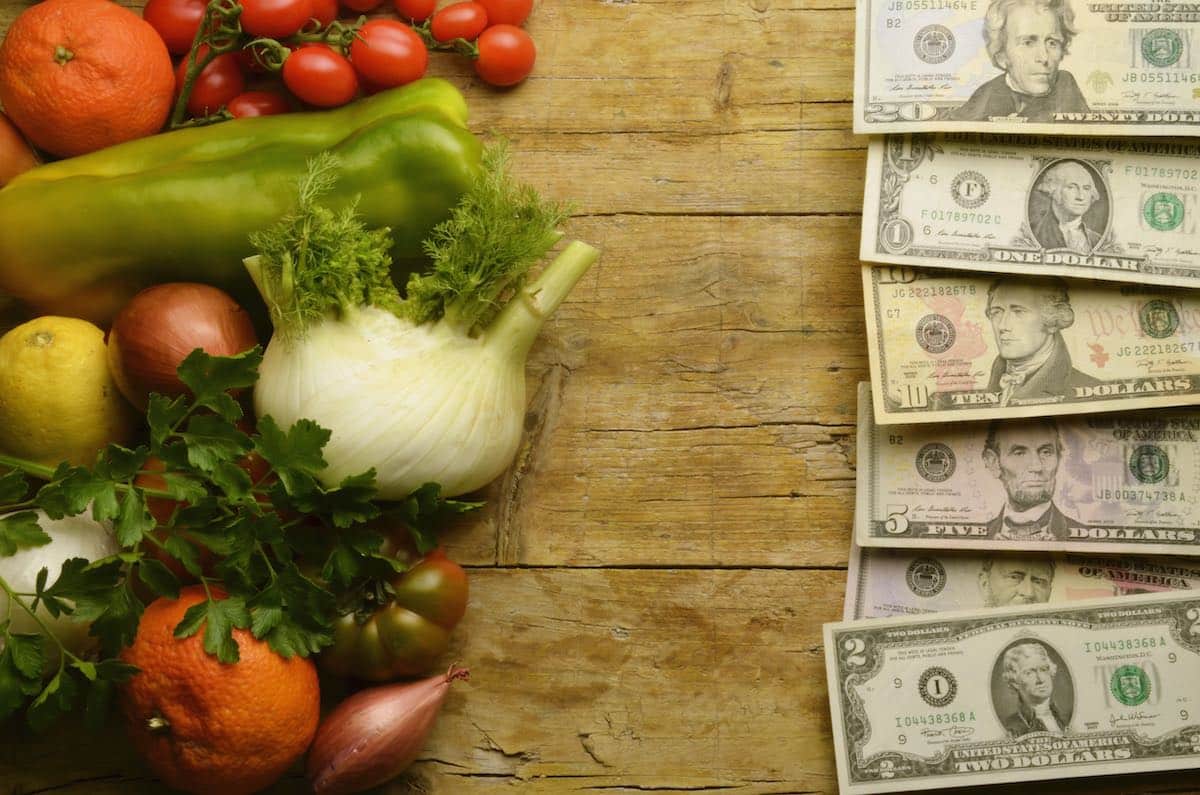Restaurant leaders know that the smallest of financial missteps can have exponential ramifications across a brand’s footprint. CrunchTime client success manager Audre Bogoni has seen it firsthand, including the time he worked with a brand to identify a food cost error that was leaking $100,000 a year from the finances of a multi-unit cafe.
Here’s what happened: Bogoni and members of the cafe brand’s team used CrunchTime’s “drill down” tool—made to measure what each ingredient is costing a brand versus what it should actually cost, or actual versus theoretical variance—and found a red flag in how much the brand was spending on lettuce. A series of tests helped identify an unlikely culprit: The marketing department for the brand had ordered larger bowls to make packaged salads look better and employees were doing as they were told, filling the bowls up with lettuce. Though it was just a couple of ounces more per serving than what the recipe called for, it equated to over $100,000 of annual food costs.
“And that’s just the start of what AvT can accomplish,” Bogoni says. “Because what you’re doing is holding each operator accountable for how each ingredient is being used versus how it should be used, and that can be a great way to stop bad practices that are costing a brand real money.”
That drill down tool is what separates CrunchTime, a back of house labor and food cost management app, from some of its competitors, Bogoni says. A central dashboard with customized comparison tools allows brand leaders side-by-side looks at how each storefront is functioning relative to others. Its functionality takes actual versus theoretical food cost variance down to the micro level and can provide updates in real time.
“One of the things CrunchTime’s platform does best is drill down functionality in the AvT report,” says Bogoni. “A lot of the other systems figure out theoretical costs at the group level, but we go all the way down to the bottom layer to figure out exactly how much each ingredient is costing a brand.”
The system relies on accurate and regular inventory input from store managers. Bogoni says that’s an opportunity for brands that were not previously demanding regular inventory updates.
“One of the biggest mistakes I see operators making is not putting their counts in correctly, or regularly,” Bogoni says. “Our app relies on that, but restaurant brands do, too, and CrunchTime actually offers guidelines and reminders that help ensure store operators are following protocol. That is something that’s essential for a brand anyway, and CrunchTime uses that inventory count data to help establish the actual versus theoretical variance that will then drive a better understanding of how to improve food costs.”
To learn more about how to leverage actual versus theoretical variance and save your brand money, check out the CrunchTime website.

